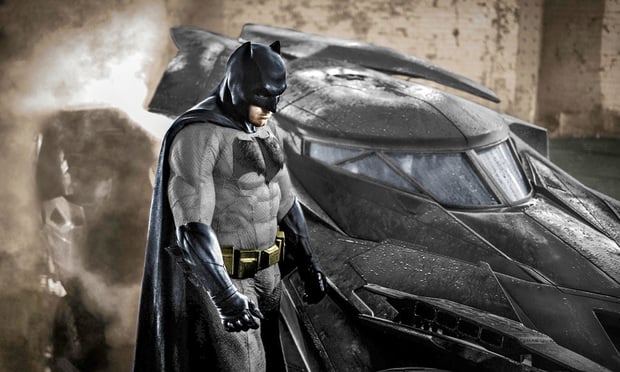Law.com Subscribers SAVE 30%
Call 855-808-4530 or email [email protected] to receive your discount on a new subscription.
Federal Circuit Applies a Reasonableness Standard to the Knowledge of Infringement Prong
On vacatur and remand from the Supreme Court in light of Commil USA, LLC v. Cisco Sys., Inc., 135 S. Ct. 1920 (2015), the Federal Circuit reaffirmed that defendant Medtronic Sofamor Danek USA, Inc. (MSD) induced infringement of U.S. Patent No. 7,470,236 (“the '236 Patent”) to NuVasive, Inc., because its belief of non-infringement was unreasonable. The decision highlights the tension faced by alleged infringers, who must balance invalidity issues where a broad construction is desirable, against non-infringement issues, where narrow constructions are desired.
Proving induced infringement requires proof that the defendant knew the induced acts were infringing. See, Warsaw Orthopedic, Inc. v. NuVasive, Inc., Nos. 2013-1576, 2013-1577, slip op. at 4 (Fed. Cir. June 3, 2016) (internal citations omitted). MSD argued that it could not be an infringement inducer, because it believed its method was non-infringing. However, the Federal Circuit ruled that this belief was “objectively unreasonable,” in part because it conflicted with MSD's Markman position. In his concurrence, Judge Renya expressed his concern regarding how a jury is supposed to assess the reasonableness of a claim interpretation position if it is excluded from the entire Markman proceeding.
In March of 2015, the Federal Circuit affirmed a jury finding of induced infringement of the '236 Patent. The Supreme Court decided Commil shortly thereafter. MSD subsequently petitioned for certiorari, which the Court granted on Jan. 19, 2016. Id. at 3. In the earlier round, the Federal Circuit “held that substantial evidence supported the jury's finding of direct infringement of claim 1 of the '236 patent by surgeons using MSD's device, the 'NIM-Eclipse.'” (Emphasis added).
This premium content is locked for Entertainment Law & Finance subscribers only
ENJOY UNLIMITED ACCESS TO THE SINGLE SOURCE OF OBJECTIVE LEGAL ANALYSIS, PRACTICAL INSIGHTS, AND NEWS IN ENTERTAINMENT LAW.
- Stay current on the latest information, rulings, regulations, and trends
- Includes practical, must-have information on copyrights, royalties, AI, and more
- Tap into expert guidance from top entertainment lawyers and experts
Already a have an account? Sign In Now Log In Now
For enterprise-wide or corporate acess, please contact Customer Service at [email protected] or 877-256-2473

Major Differences In UK, U.S. Copyright Laws
This article highlights how copyright law in the United Kingdom differs from U.S. copyright law, and points out differences that may be crucial to entertainment and media businesses familiar with U.S law that are interested in operating in the United Kingdom or under UK law. The article also briefly addresses contrasts in UK and U.S. trademark law.

The Article 8 Opt In
The Article 8 opt-in election adds an additional layer of complexity to the already labyrinthine rules governing perfection of security interests under the UCC. A lender that is unaware of the nuances created by the opt in (may find its security interest vulnerable to being primed by another party that has taken steps to perfect in a superior manner under the circumstances.

Strategy vs. Tactics: Two Sides of a Difficult Coin
With each successive large-scale cyber attack, it is slowly becoming clear that ransomware attacks are targeting the critical infrastructure of the most powerful country on the planet. Understanding the strategy, and tactics of our opponents, as well as the strategy and the tactics we implement as a response are vital to victory.

Removing Restrictive Covenants In New York
In Rockwell v. Despart, the New York Supreme Court, Third Department, recently revisited a recurring question: When may a landowner seek judicial removal of a covenant restricting use of her land?

"Holy Fair Use, Batman": Copyright, Fair Use and the Dark Knight
The copyright for the original versions of Winnie the Pooh and Mickey Mouse have expired. Now, members of the public can create — and are busy creating — their own works based on these beloved characters. Suppose, though, we want to tell stories using Batman for which the copyright does not expire until 2035. We'll review five hypothetical works inspired by the original Batman comic and analyze them under fair use.

